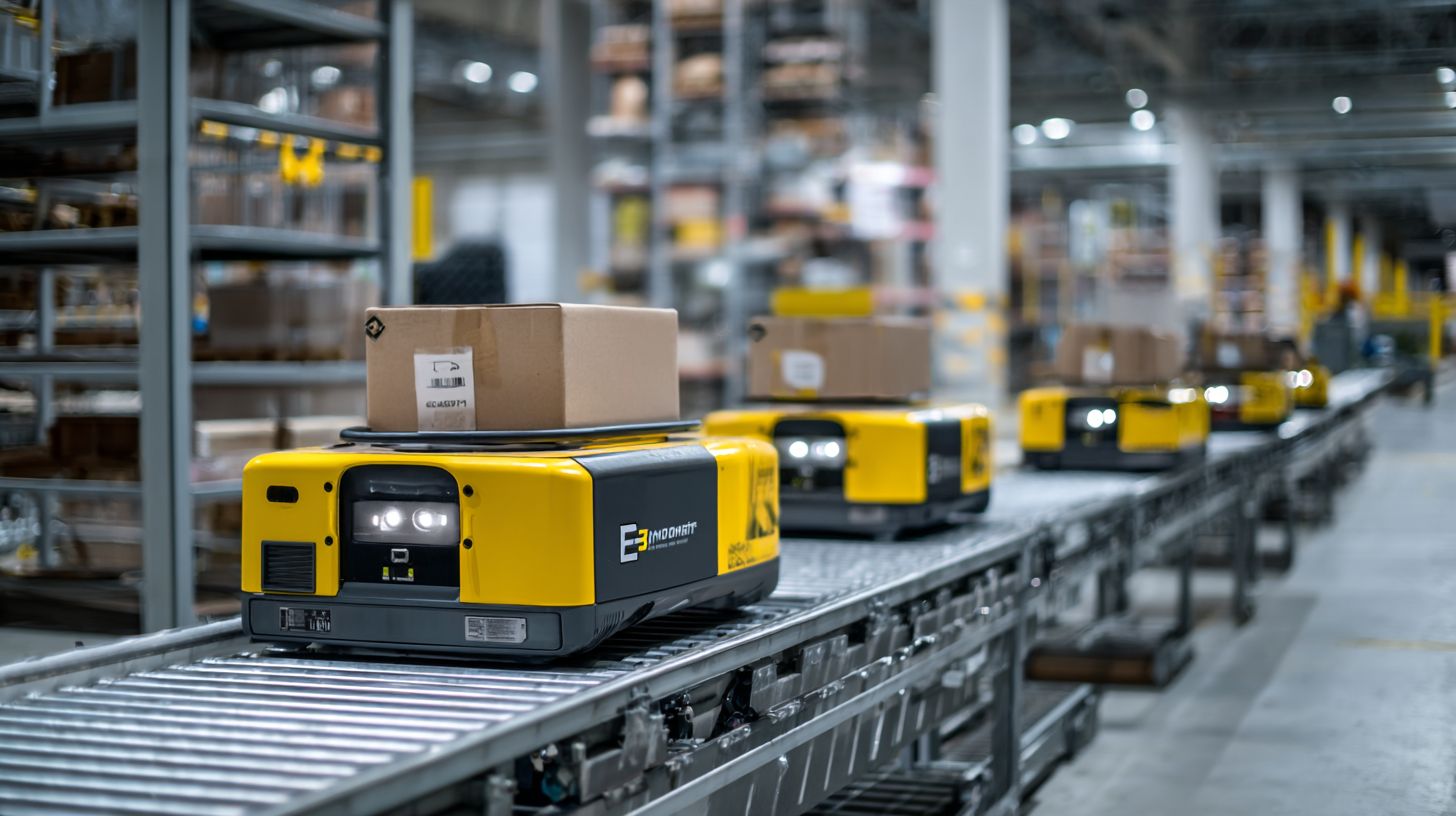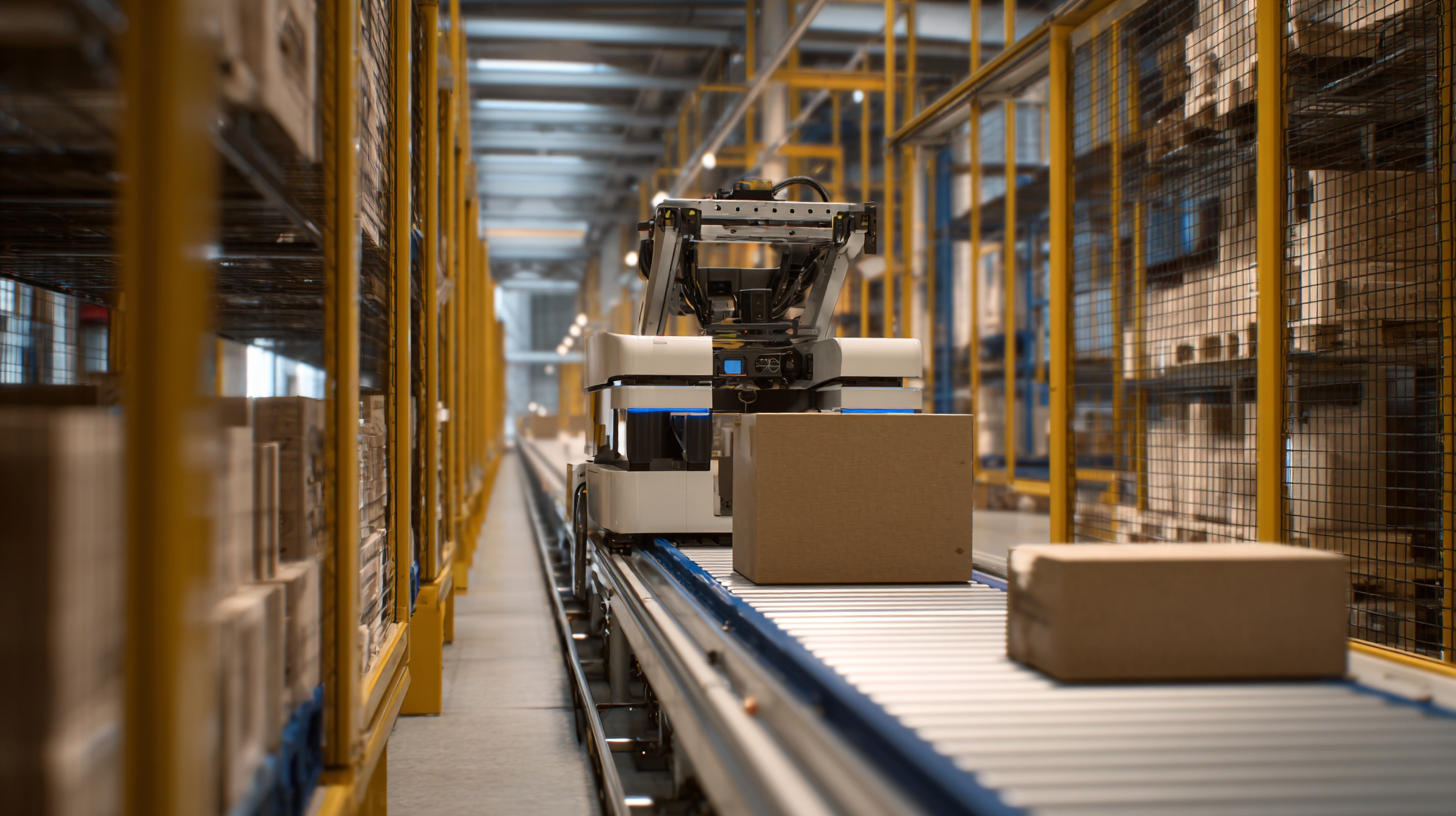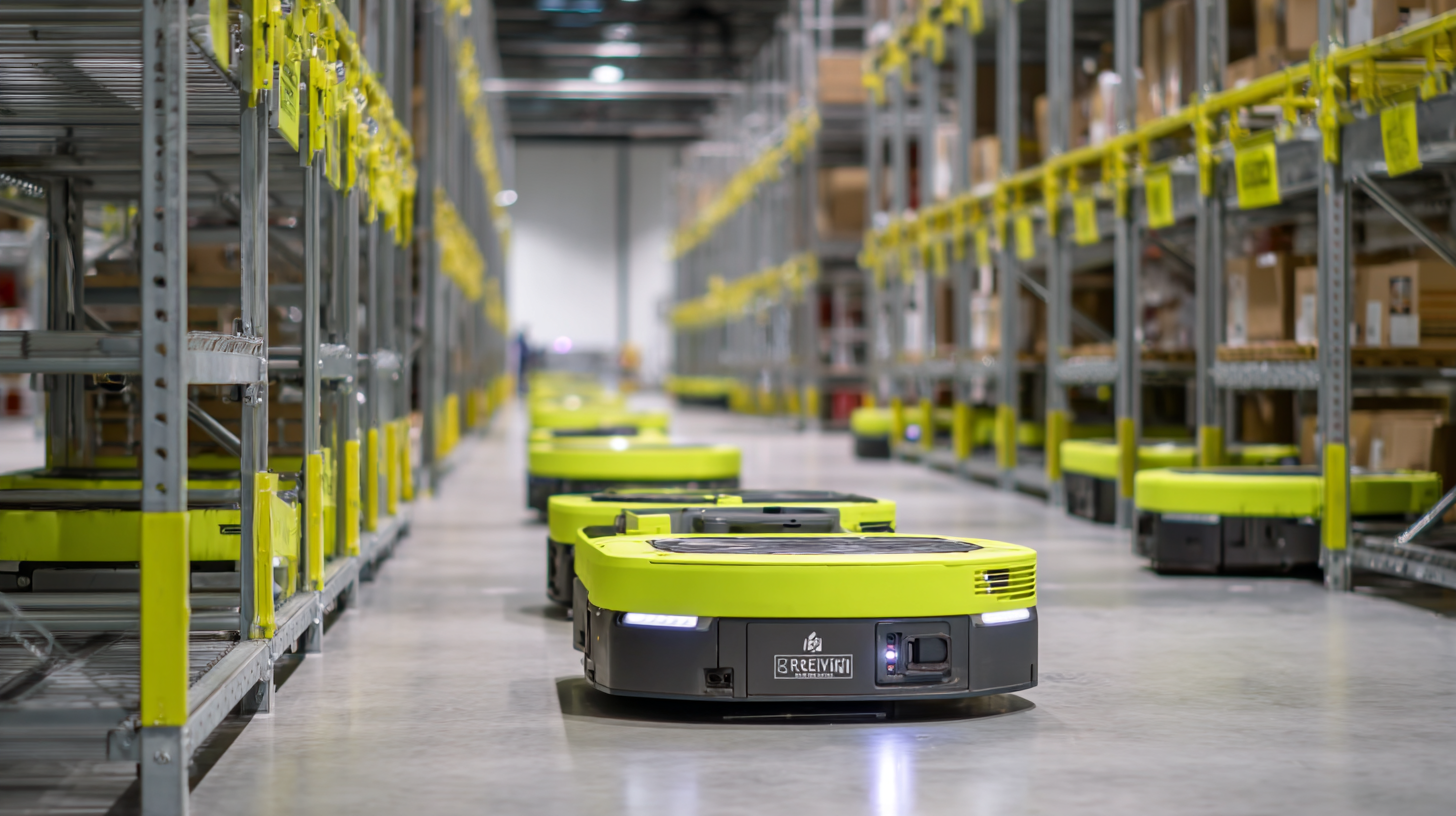- sale@instructrobot.com
- Dallas, TX , United States
In the rapidly evolving landscape of logistics, order picking robots have emerged as a transformative force, ushering in a new era of efficiency and precision within warehousing operations. As businesses grapple with the increasing demands for faster fulfillment and higher accuracy, these intelligent machines are reshaping traditional workflows, streamlining the picking process, and significantly reducing human error.

This article will explore the myriad ways in which order picking robots are revolutionizing the warehousing sector, providing insights into their advanced functionalities, integration with digital technologies, and the best practices for implementing these systems. By harnessing the power of automation, companies can not only enhance productivity but also create a more agile supply chain capable of adapting to the complexities of modern consumer behavior.
Join us as we delve into the future of logistics and uncover practical tips for leveraging order picking robots to stay ahead in this competitive industry.
 The rise of autonomous robots in warehouse operations is reshaping logistics efficiency, enabling companies to streamline their operations and enhance productivity. According to a recent report, the global market for warehouse automation is projected to reach approximately $75 billion by 2026, driven by the adoption of advanced robotics in inventory management. Order picking robots, capable of efficiently navigating complex warehouse environments, play a pivotal role in this transformation. By automating the retrieval process, these robots not only reduce human error but also significantly decrease the time required to pick and pack orders, leading to faster turnaround times.
The rise of autonomous robots in warehouse operations is reshaping logistics efficiency, enabling companies to streamline their operations and enhance productivity. According to a recent report, the global market for warehouse automation is projected to reach approximately $75 billion by 2026, driven by the adoption of advanced robotics in inventory management. Order picking robots, capable of efficiently navigating complex warehouse environments, play a pivotal role in this transformation. By automating the retrieval process, these robots not only reduce human error but also significantly decrease the time required to pick and pack orders, leading to faster turnaround times.
Incorporating real-time task planning, these intelligent systems adapt to changing demands and optimize workflows dynamically. A study highlights that warehouses implementing robotic solutions can achieve efficiency improvements of up to 30%. As e-commerce continues to surge, the integration of order picking robots will become increasingly essential, fostering the development of agile and responsive logistics networks. The sustained growth of this technology indicates a shift towards a more automated future in warehousing, where precision and speed are paramount.
The integration of order picking robots into logistics is transforming the way warehouses operate, significantly enhancing efficiency and accuracy. At the core of these advanced systems is a combination of AI technologies and robotics that enable real-time data processing and intelligent decision-making. Such innovations allow robots to identify and sort packages with remarkable precision, thus streamlining the entire warehousing process. For example, recent advancements in AI are being tested to assist employees in verifying and organizing packages more effectively before they are dispatched.
Tips for implementing order picking robots include ensuring that your warehouse management system is compatible with robotic solutions, as seamless integration is crucial for maximizing productivity. Additionally, regular training for employees to work alongside these robots can help bridge the human-robot interaction gap, fostering a more collaborative environment. Furthermore, starting with a pilot program can help you assess the performance and impact of robots on your operations before a full-scale rollout.
The future of logistics heavily relies on such technological advancements, making it essential for companies to stay ahead by embracing automation and intelligent sorting systems. By leveraging these innovations, businesses can not only improve their efficiency but also enhance their overall customer service.
As the logistics industry evolves, the integration of robotics in warehouse operations is revolutionizing efficiency and productivity. The implementation of order picking robots facilitates faster and more accurate selection of items, significantly reducing human error and increasing throughput. These robots work collaboratively with other smart logistics systems, enabling services to be streamlined from procurement to distribution.
Tips: When considering the adoption of robotics in warehousing, companies should evaluate their specific needs and choose systems that integrate well with existing infrastructure. Training staff to work alongside these robots can enhance productivity and ensure a smoother transition.
Moreover, the use of artificial intelligence in automated picking systems further enhances smart logistics by making operations more intelligent and data-driven. This shift allows for real-time inventory management and precise tracking of goods, resulting in lower operational costs and improved customer satisfaction. Embracing these advanced technologies positions logistics firms to meet increasing consumer demands effectively.
Tips: Start small by implementing robotic solutions in specific areas of the warehouse. This approach allows for gradual adaptation and understanding before expanding automation across the entire operation.
Integrating order picking robots into existing warehousing systems presents several challenges that logistics companies must address. One primary issue is compatibility with legacy systems. Many warehouses utilize established processes and infrastructure that may not support the advanced technology of autonomous robots. This requires a careful reevaluation of the current workflow and potentially significant investments in upgrading or replacing outdated equipment to ensure seamless interactions between robots and human workers.
Another significant challenge is the adaptation of staff to collaborate effectively with these robotic systems. Employees must be trained not just to operate alongside robots, but also to understand their functions and limitations. This shift necessitates a culture change within the organization where workers embrace automation as a tool rather than a threat to their jobs. Furthermore, the integration process can also cause temporary disruptions to warehouse operations as companies navigate the initial transition period, making change management a crucial aspect of successful implementation.
The integration of digital twin technology is playing a pivotal role in transforming supply chain management and logistics. By enhancing simulation design and creating high-resolution models, artificial intelligence is making precise manufacturing processes more attainable. This technology enables innovative applications such as improved product design, in which companies can visualize the complete lifecycle of products, consequently reducing time-to-market and optimizing resource allocation. The push towards increased efficiency has also led to developments in logistics networks, where advanced robots equipped with powerful perception capabilities are revolutionizing order picking and warehousing.
As the robotics landscape evolves, companies are heavily investing in artificial intelligence to streamline operations and enhance supply chain transparency. The introduction of advanced robots that can navigate complex environments with ease is becoming commonplace in large logistics parks. The competitive landscape is intensifying, particularly between leading tech nations, as embodied intelligence becomes a focal point in the race for supremacy in robotics. This transformation is indicative of a broader trend wherein AI-driven solutions are not just enhancing warehouse efficiency but are also paving the way for a new generation of logistics capabilities that promise speed, accuracy, and adaptability in an ever-changing market.

